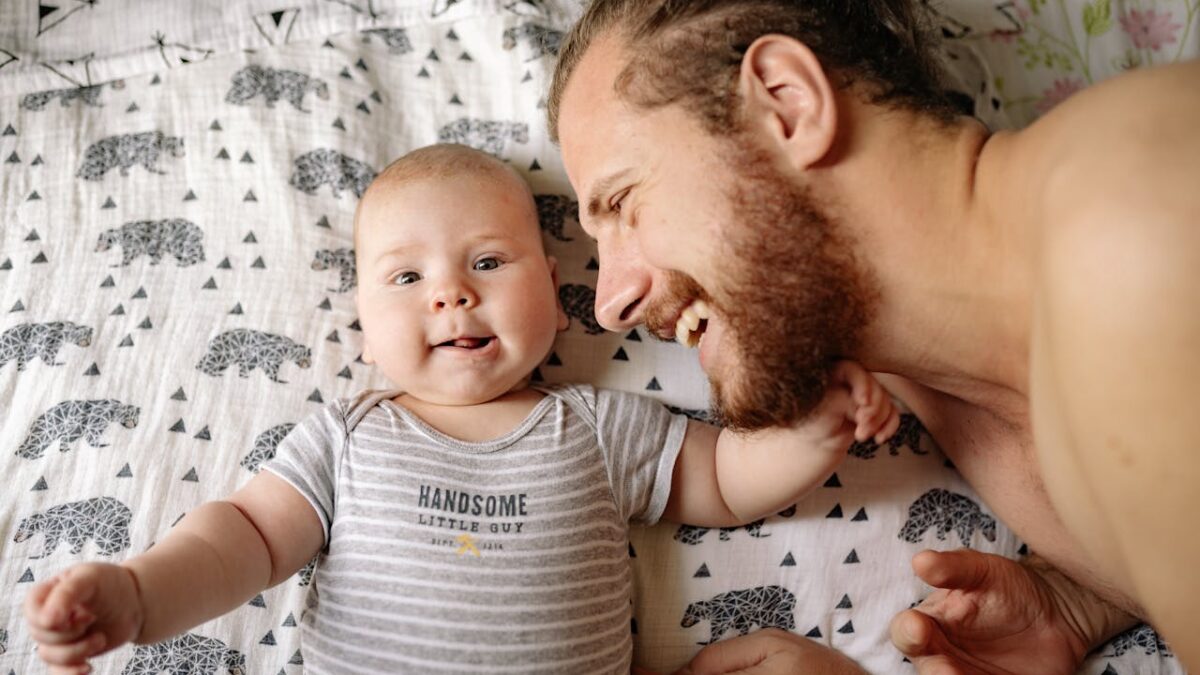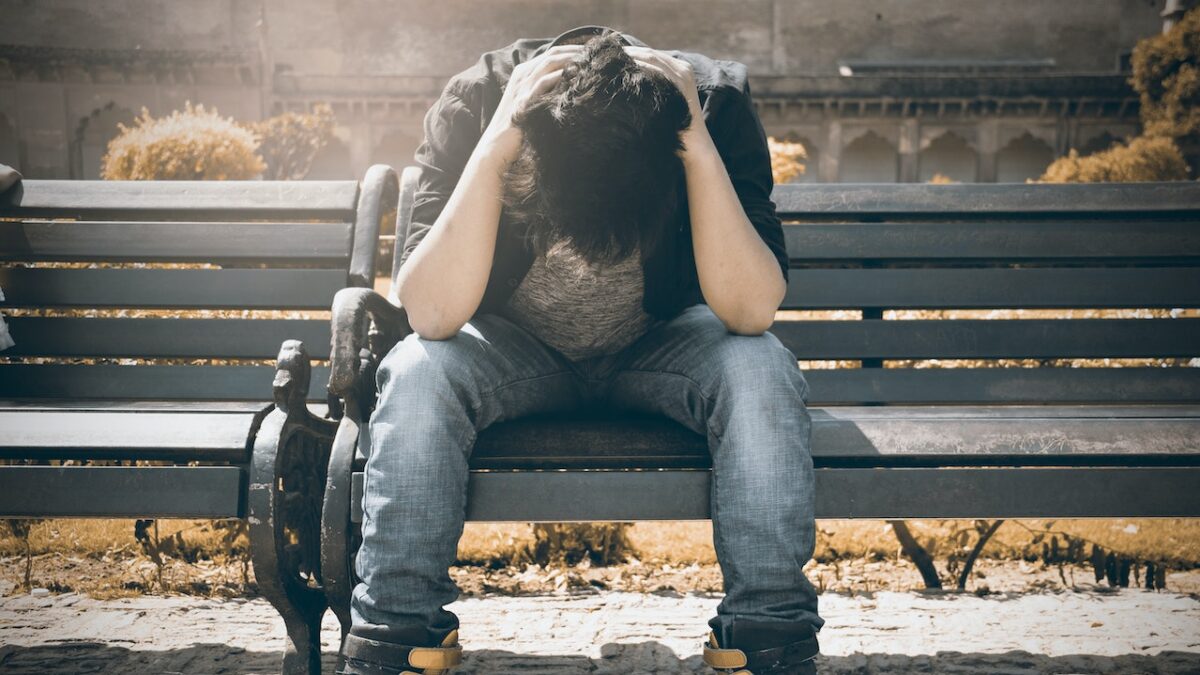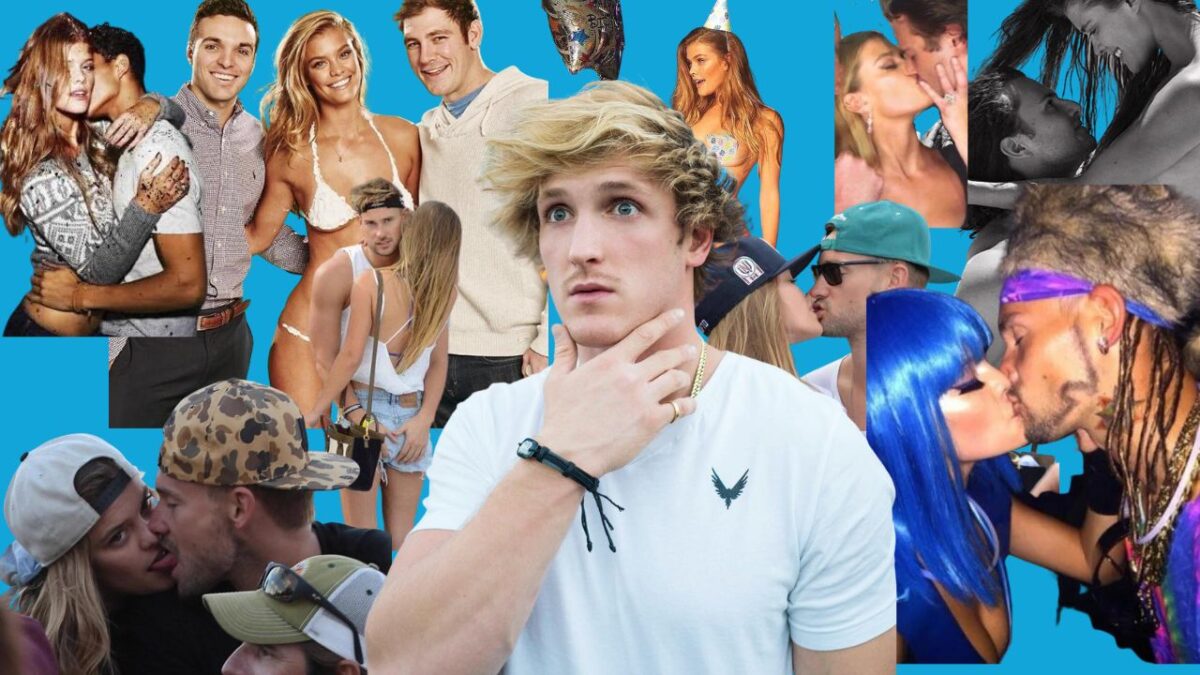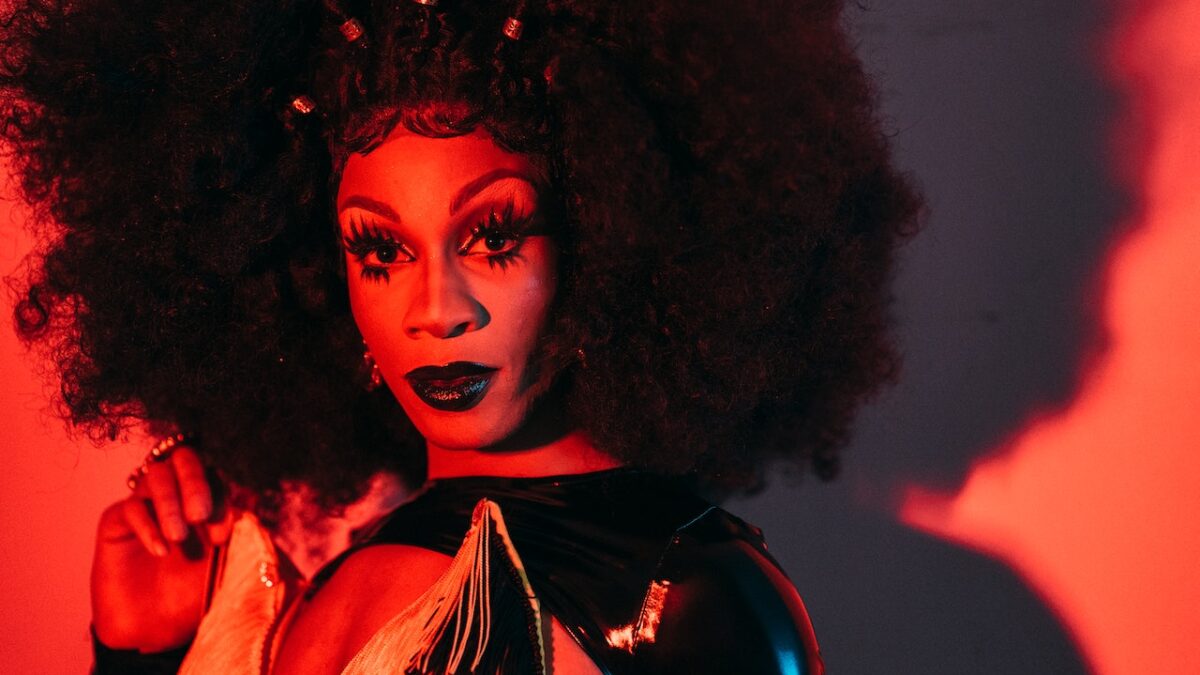
Is it possible the media’s obsession with the idea of LGBT oppression has created the negative environment marinating LGBT youth once they realize they belong to one of the hundreds of “other” sexual orientations and gender identities?
An incredibly disturbing report by the Trevor Project, an LGBT suicide prevention organization, is causing a great deal of discussion. The report is the largest national survey of LGBT youth ever conducted, with 34,000 respondents. The survey asked 13- to 24-year-old self-identified LGBT individuals a series of questions related to mental health and discrimination over the course of 2018. Of this, 25,896 of the online responses were considered valid in the data analysis.
The results were extremely troubling: 39 percent of the respondents stated they had considered suicide in the last year, while 18 percent of the gay, lesbian, or bisexual respondents claimed they had attempted suicide. That number was even higher for transgender and non-binary respondents, with 29 percent of them responding that they’d attempted suicide.
The report connected the experience of conversion therapy and discrimination or bullying with suicide, reporting that 42 percent (LGBT; 57 percent trans/non-binary) of those who experienced conversion therapy had attempted suicide. Disturbingly, the highest risk group for attempted suicide was 13- to 17-year-old respondents. The numbers align with the 2017 Centers for Disease Control and Prevention (CDC) report on LGBT suicide for those ages 13 to 18. As with any survey, this must be reviewed critically, and it appears to have plenty of flaws.
Methodology
The survey was conducted online and the participants were recruited through targeted ads. An article criticizing Facebook for denying one of the ads based on its targeting of LGBT individuals shows that one example ad states, “LGBTQ+ Youth! We want to know about your experiences with mental health. Share your story in this survey! Remember, if you or someone you know needs support, we’re here for you.”
This assumes a need for mental health support, which seems likely to attract individuals who fit those categories. Self-reported surveys are also widely known to have major accuracy problems. As one study put it, “there is a substantial amount of error in individuals’ self-assessment of health and 2) reliability is worse for disadvantaged sociodemographic groups…”
Compounding the known problems with self-reported health information are also widely known accuracy problems with studies where participants opt themselves in to participating, or self-select. In short, if people are not selected randomly and not assessed by an objective third party, the information they generate is next to useless in terms of research quality. These kinds of survey methods are at the heart of the current replication crisis centered on the social sciences.
Even if we take the survey results at face value — a dubious assumption — there are easily observable problems with it. One concern, for example, is the statement that 24 percent of LGBT youth attempted suicide in the last year. This would indicate that 6,215 individuals, with 2,175 (35 percent) of them under the age of 16, had attempted suicide in 2018.
This creates a serious ethical concern: 2,000 children under the age of 16 were asked on an anonymous online survey if they had ever attempted suicide and they answered yes, with no further intervention on their behalf. Of those who said they were considering suicide, 11,653 (45 percent) answered yes, with 4,078 of them under the age of 16. It seems that this kind of survey should be managed by medical professionals capable of addressing these statements rather than an online platform.
Conversion Therapy
Conversion therapy is an extremely controversial topic. A 2018 Williams Institute report estimated that nearly 700,000 LGBT individuals between the age of 18 and 59 had gone through conversion therapy, with 350,000 reporting having done so as adolescents. The report indicated that without legal intervention, 20,000 LGBT minors would undergo conversion therapy from a licensed health-care professional.
Currently, 16 states ban the practice for minors under the age of 18. The report states that 5 percent of respondents have gone through conversion therapy. All accrediting medical boards and national medical organizations denounce the practice, with the American Psychiatric Association publicly announcing this position in 1998.
If the Trevor Project takes on the same assumption as the Williams Institute, where did nearly 1,300 LGBT individuals between the ages of 13 and 24 find licensed therapists to perform this practice? The survey does not specify how it defines “underwent conversion therapy.” It is possible the respondents were referencing a religious practice or other unlicensed counseling?
To complicate matters, the report states that two in three LGBT youth, or 67 percent, reported that “someone tried to convince them to change their sexual orientation or gender identity.” This vague line of reasoning is as difficult to pinpoint as the fact the report boasts that 22 percent of respondents reported one of 100 different sexual orientations not standard in “homosexual” or “bisexual” and 33 percent of transgender or non-binary individuals reported one of 100 separate alternative gender identities. It begs the question as to what exactly is being experienced by this segment of the population through the filter of traditional ideas on LGBT discrimination and social stress.
Causation
A particularly frustrating aspect of this study is the assumption that sexual orientation or gender identity is the trigger rather than a cofactor in the individuals being surveyed. For example, according to the Centers for Disease Control, 67 percent of new HIV diagnoses are gay and bisexual men. Of that population, 26 percent of new diagnosis come from 13- to 24-year-old gay and bisexual male youth.
The CDC also reported that 23 percent of LGBT high school students had experienced sexual violence from a partner, with 18 percent reporting rape. LGBT adolescents are 90 percent more likely than their heterosexual peers to abuse illicit drugs. There is clearly more to this story than what LGBT media are reporting.
There is also a major concern about what experts call “suicide contagion.” Columbia University and the New York State Psychiatric Institute reported that “More than 50 studies on nonfictional stories reported in newspapers, on television, and more recently on the Internet, have yielded consistent findings. Suicide rates go up following an increase in the frequency of stories about suicide.” Along these lines, it is important to recognize that the Trevor Project report states that 71 percent of participants reported feeling “sad or hopeless” for at least two weeks in the last year and 76 percent reported that recent politics had negatively affected their mental health or “sense of self.”
Vox described the new generation of glamorizing mental health issues in media: “13 Reasons Why in particular treats its heroine’s death [suicide] as a victory of sorts, a way for her to achieve popular immortality and triumph over her enemies.” A detailed 2018 study in the American Journal of Preventative Medicine found that children and minors with “adversity” cofactors such as unusual stress or age-inappropriate forms of anxiety or depression are far more likely to engage in suicidal thinking if they knew someone who had attempted suicide themselves.
So what’s happening and why isn’t it being fully reported on? LGBT acceptance is widely expressed in every possible form of media, with June’s Pride Month festivities a yearly reminder of just how dedicated our society is to celebrating this small minority. Today, the experience of a gay teenager is vastly different than it was for those of us who came out 20 years ago.
Is the LGBT Media Complicit?
Furthermore, the idea that thousands of kids are sifting through dozens upon dozens of possible sexual orientation and gender identity options that instantly make them feel as though they are a target, encouraged by LGBT media, is disturbing. Their perception of being targeted based on their identity could be more difficult to manage at that age than any bullying or harassment they may experience. This is demonstrated by the fact that 87 percent said they shared their sexual orientation with their straight friends and 59 percent shared their gender identity. Where is the outside negative influence coming from?
The Trevor Project does good work and provides a safe place for at-risk youth to reach out for help. There is absolutely value in understanding the current effect of suicide behaviors to determine the best ways to intervene and prevent harm. But asking such young people about such deeply troubling emotional issues without medical supervision should be challenged. The LGBT media exploit surveys like this to validate their prior political narratives, but rarely stop to think about the 13- to 16-year-olds who consistently see that they are supposed to be afraid, anxious, depressed, and isolated from their peers.
Children are being expected to handle adult concepts of self and identity that the majority of adults can barely grasp. Yet they are left to ponder what it means for them to be alone and different than others, along with the narrative that they are constantly under attack. We have reached a point of obsession that is causing the very symptoms we wish to fight.
How many of those kids took this survey and found themselves overwhelmed by what it meant for them? How many today see the headlines declaring “Nearly 40% of LGBTQ Youth Have Contemplated Suicide: Report,” as Rolling Stone did, and think their fears and anxiety are normal and outside of their control? How many will begin imagining a lost future because the media tells them so many others like them have given up hope?
We live in the freest time in history for self-expression. There is absolutely no reason LGBT youth should feel this depth of hopelessness. I challenge the LGBT media to make the effort to celebrate the wonderful freedoms we do have and understand that the next generation of LGBT kids are not merely a political tool. They need to be encouraged and uplifted, not told to be afraid.









